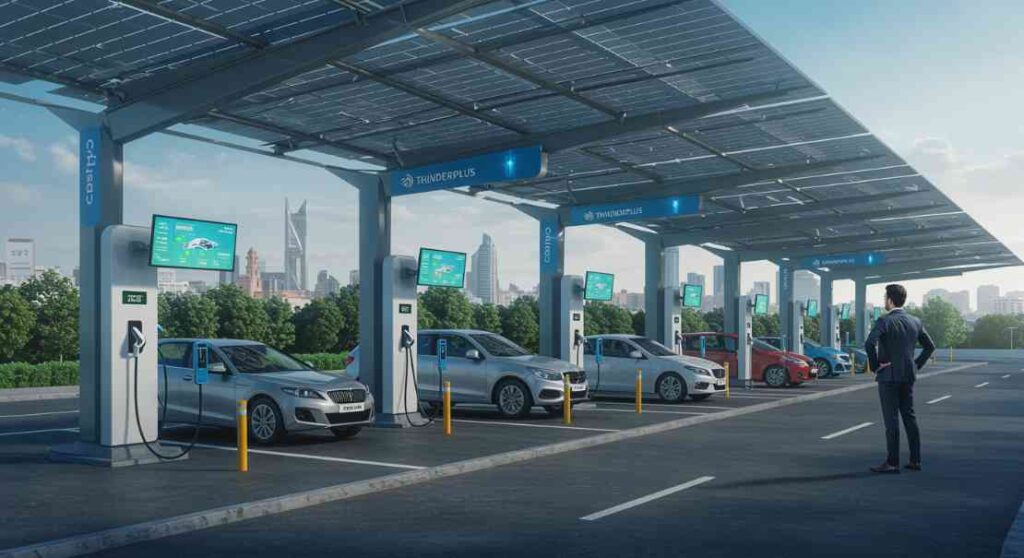The accelerated shift towards electric mobility has opened a lucrative window for entrepreneurs keen to operate an electric vehicle charging station. Government policy is supportive, technology has matured, and consumer demand is rising sharply. Yet, success still hinges on understanding the evolving regulatory landscape, choosing the right location, and providing a seamless user experience. This guide brings together the latest facts and strategies to help you plan, launch, and scale a profitable charging business in India.
A rapidly expanding market demands well-informed decisions—let’s explore how you can position your venture for long-term growth.
Creating India’s Charging Backbone
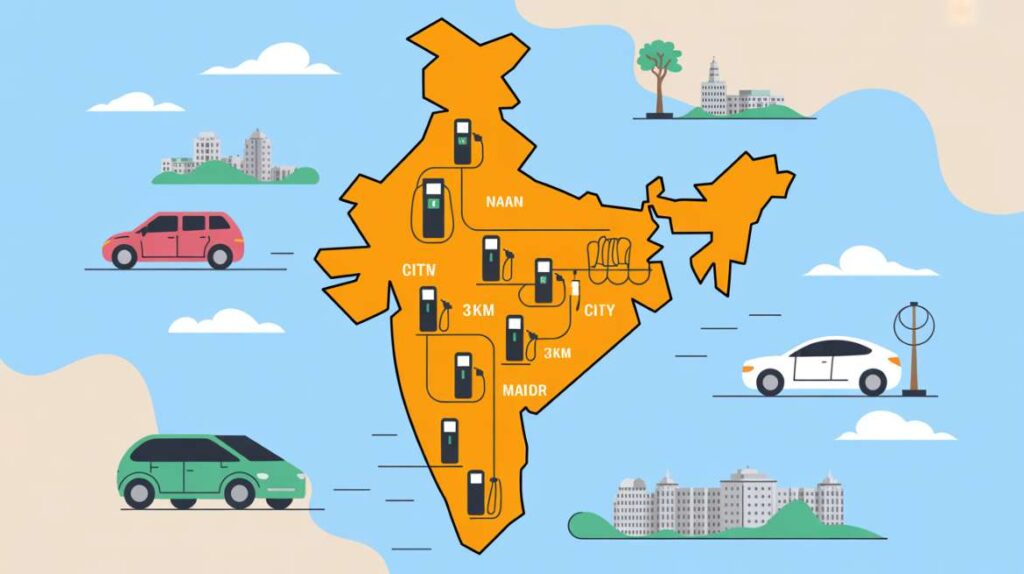
The Ministry of Power’s consolidated Guidelines and Standards, released on 14 January 2022, set the tone for a nationwide charging backbone. They specify that a public electric vehicle charging station should be available every 3 × 3 km in major cities. The country currently hosts around 1,640 operational public chargers, 940 of which sit in nine mega cities—Surat, Pune, Ahmedabad, Bengaluru, Hyderabad, Delhi, Kolkata, Mumbai, and Chennai. From October 2021 to January 2022 alone, 678 new public chargers went live in these hubs, mirroring an 180,000-unit surge in EV registrations.
Government agencies such as BEE, EESL, PGCIL, and NTPC, together with private players, are implementing infrastructure in phases. Once these nine cities reach grid density targets, the focus moves methodically to other urban centres. For a prospective operator, this phased saturation model offers clarity: start where demand is proven and policy support is strongest, then ride the rising tide into tier-two markets.
Affordable Power and Viable Economics
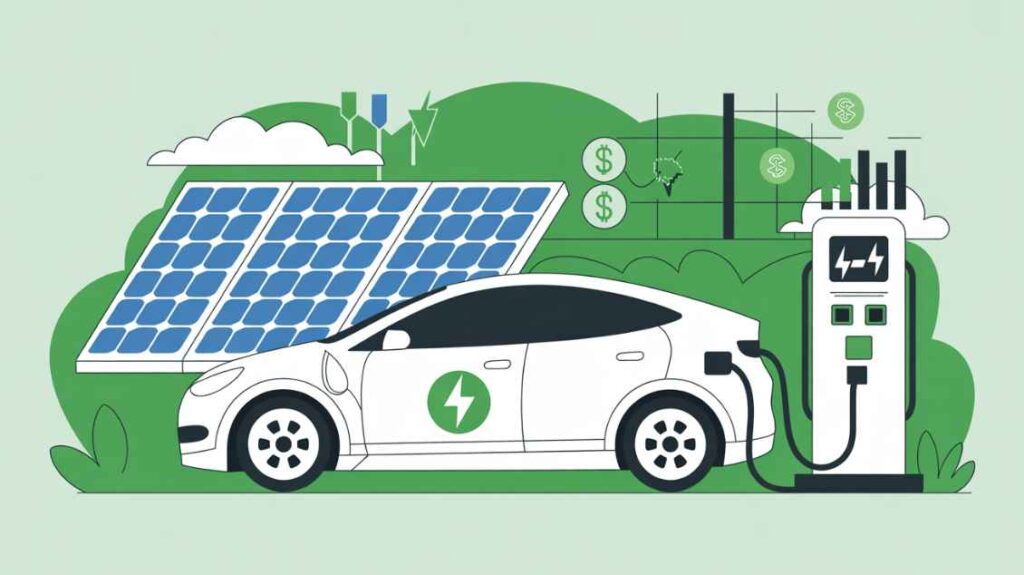
Tariff rationalisation lies at the heart of policy support. States are obliged to provide an affordable electricity tariff for public chargers so that operators can run viable businesses while keeping user costs attractive. Land, another major cost component, is often made available on a revenue-sharing basis with local authorities—mitigating hefty upfront outgo. In practice, you may find a public car park, metro station, or municipal plot offered for a modest fixed fee plus a percentage of charging revenue.
Regulations also define timelines and technical prerequisites to ensure safety and interoperability. Meeting these standards early on will save you expensive retrofits later. For example, metering arrangements, connector specifications, and cybersecurity provisions are all laid out in the January 2022 guidelines.
Why Location Dictates Utilisation
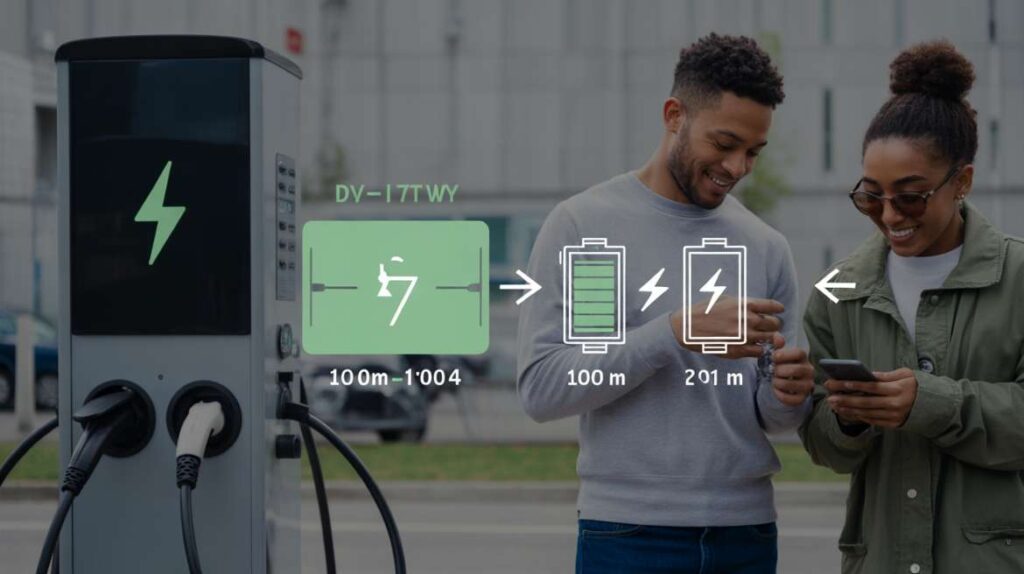
The national blueprint aims for 22,000 public chargers in key cities and along highways. Of these, 1,576 are earmarked for expressways to eliminate range anxiety on long trips. Yet utilisation, not sheer numbers, determines return on investment. A profitable electric vehicle charging station should sit where vehicles naturally dwell—think logistics parks, busy retail clusters, office campuses, and highway food courts.
Placing chargers near logistics hubs is especially powerful. Fleet operators crave predictable schedules, and by aligning your outlet with their routes, you gain steady, repeat traffic. Thunderplus’s tie-up with Tata Motors to install 5,000 chargers near major logistics corridors exemplifies this principle.
Urban micro-planning matters too. The 3 × 3 km grid targets convenience, but pinpointing an exact plot inside that square determines throughput. Avoid errors such as selecting a site without sufficient parking bays or ignoring transformer capacity. Instead, conduct on-ground surveys to map vehicle flow and assess existing switchgear before signing a lease.
Delhi’s Single Window Advantage
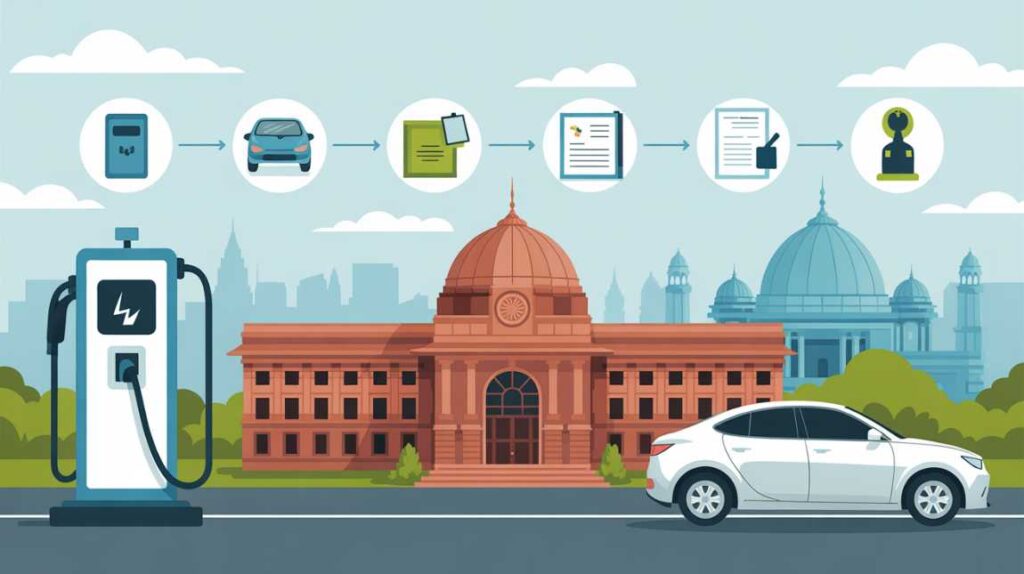
Local policies can make or break your launch timeline. Delhi’s EV Policy, for instance, has established a single window for approving new points, slashing red tape for entrepreneurs. A dedicated working group—with representatives from the Power and Transport Departments, all municipal corporations, and the Dialogue and Development Commission—fast-tracks permissions and coordinates grid upgrades.
Delhi plans to install 30,000 charging points, emphasising light electric vehicles such as two- and three-wheelers that contribute 42 percent of the city’s PM 2.5 emissions. Leveraging “idle time charging”, the policy encourages malls, housing societies, and office blocks to host chargers in semi-public spaces. As an operator, tapping these sites can provide lower rent and a captive customer base.
Private Investment Accelerates Network Growth
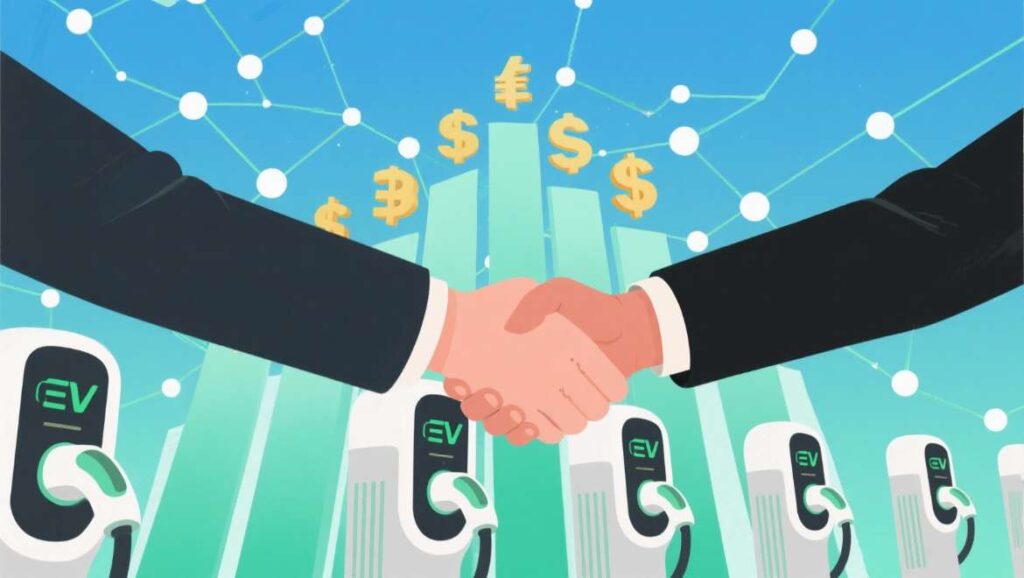
While policy sets the stage, private capital drives scale. Tata Power’s EZ Charge network, with more than 5,500 public chargers and over 120,000 home units, shows how large players are staking early ground. The company’s use of high-grade components ensures reliability—an area where many smaller networks falter.
Partnership models abound. You might collaborate with an automobile OEM to bundle free charging for new owners or co-brand with retail chains to draw footfall. Such tie-ups reduce marketing spend and guarantee initial traffic to your electric vehicle charging station.
Fast Charging, Swapping, and Consumer Delight

Technology choices directly influence station economics and user experience. Fast chargers, capable of adding significant range in under one hour, attract time-pressed motorists and fleet drivers. They cost more upfront but yield higher energy sales per day. Conversely, standard AC chargers are cheaper to install and ideal for locations where vehicles park for several hours—office basements, for instance.
Battery swapping offers yet another angle for two- and three-wheelers. Swapping eliminates the wait altogether, improving asset utilisation for delivery fleets. If you serve this segment, integrating swapping cabinets can secure loyal high-volume customers.
Whatever technology you select, digital interfaces must be intuitive. Apps should allow real-time availability checks, reservation of slots, start-stop controls, and online payments. Tata Power’s self-care portal is a benchmark, giving users live session tracking so they can shop or dine without hovering anxiously by the charger. Neglecting these seemingly small features can lead to lost repeat business.
Building Powerful Alliances
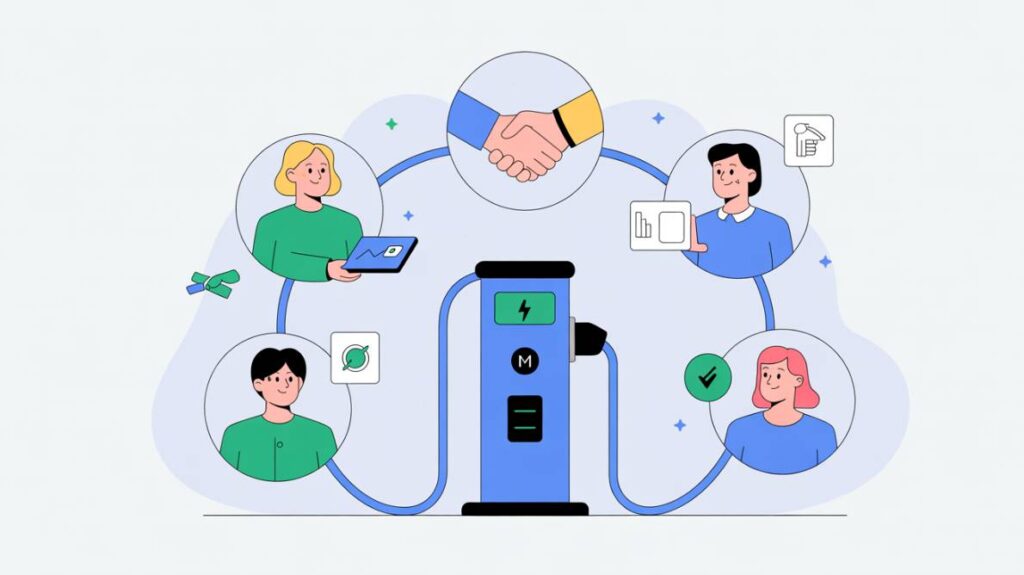
Successful networks seldom grow in isolation. Public agencies supply land or concessional power; equipment manufacturers provide hardware warranties; fintech firms process payments. The Ministry of Power has emphasised multi-stakeholder collaboration, roping in BEE, EESL, and NTPC to co-fund projects.
Private-private alliances can be equally potent. The Thunderplus–Tata Motors partnership demonstrates how combining an OEM’s vehicle volume with a charging company’s operational know-how yields rapid infrastructure roll-out. For small commercial vehicles, reliable access to chargers reduces downtime and extends daily mileage—tangible incentives for fleets to adopt EVs.
When negotiating any memorandum of understanding, establish clear roles, service-level targets, and expansion milestones. Ambiguity often derails joint projects, so anchor your partnership in measurable outputs such as “X chargers live within Y months” rather than vague aspirations.
Avoiding Common Pitfalls
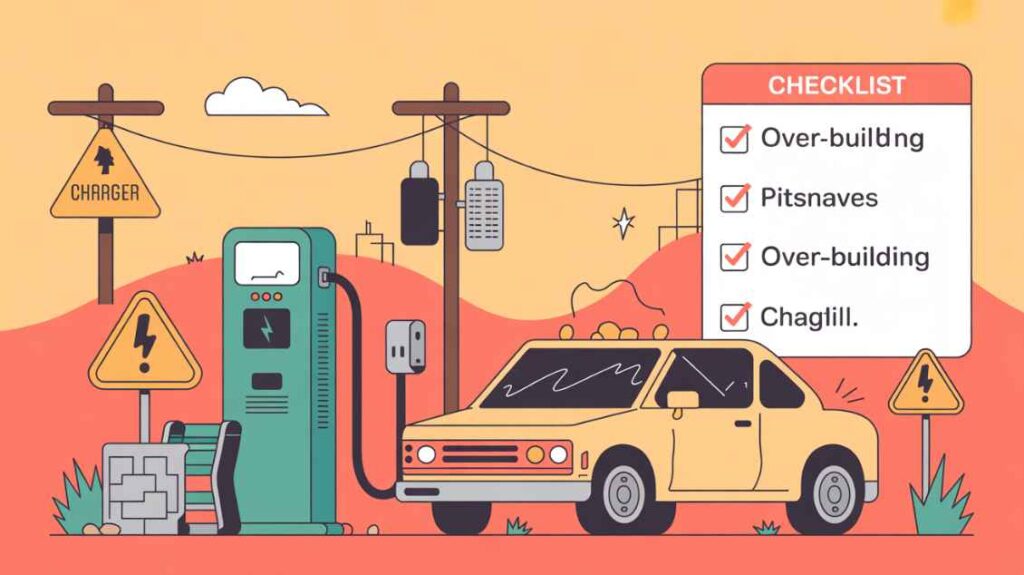
While opportunities abound, several missteps can erode profitability:
• Ignoring grid capacity: verify transformer ratings and apply for capacity upgrades early to avoid last-minute delays.
• Over-building: installing too many charge guns before demand materialises ties up capital and hurts ROI. Start with a scalable design.
• Poor signage: even a perfectly sited electric vehicle charging station loses business if drivers cannot spot it quickly. Invest in clear wayfinding within a 500-metre radius.
• Neglecting preventive maintenance: downtimes alienate users and tank utilisation metrics. Schedule routine checks and hold vendors to uptime guarantees.
Capitalising on the Highway Boom
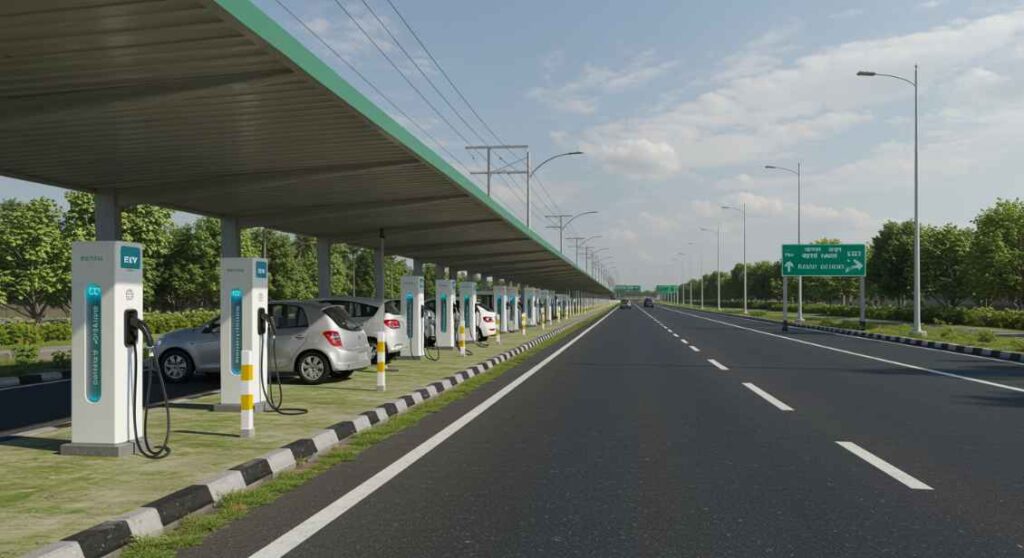
Long-distance travel remains a psychological barrier for many EV adopters. By 2025, the sanctioned 1,576 expressway chargers will radically change this perception. Franchisees along these corridors can expect a mix of private cars, inter-city taxis, and light commercial vehicles. High-power DC chargers (50 kW and above) make sense here; pairing them with food courts or restrooms creates a natural “dwell loop” for travellers.
Remember that highway land often belongs to state road development agencies. Explore fixed-fee or revenue-sharing leases, and factor in seasonal traffic fluctuations—festive peaks can triple energy sales, while monsoon months may dip.
Future Outlook
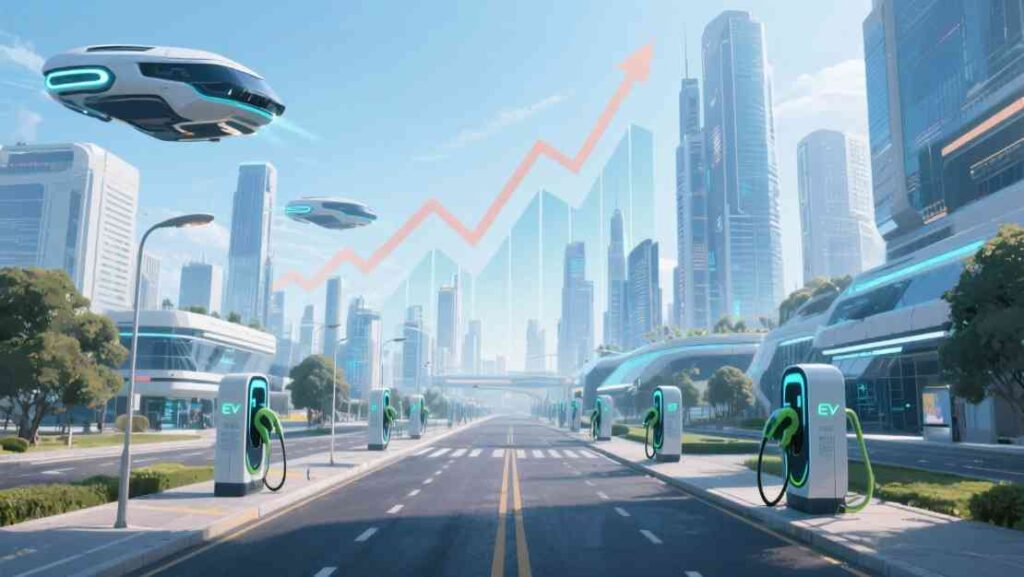
After mega cities saturate, the government’s phased plan will guide expansion into tier-two and tier-three cities. Early movers in those regions stand to capture first-mover advantage, but must tailor capacity to moderate initial demand. By aligning with national standards, offering dependable service, and fostering strategic alliances, you can ride the next wave of electric mobility growth.
Frequently Asked Questions
Q1. What is electric vehicle charging station?
An electric vehicle charging station is a dedicated facility where you can connect an EV to the power grid to replenish its battery. Public stations usually offer AC or DC connectors, billing systems, and safety certifications that meet the Ministry of Power’s January 2022 guidelines.
Q2. What is electric vehicle charging station cost?
Capital costs vary widely: a standard AC point in a semi-public car park may start around a few lakh rupees, while a high-power DC fast charger with supporting infrastructure can exceed ₹25 lakh. Land lease terms, grid upgrades, and civil works all influence the final figure.
Q3. How do I decide the best location for my first public charger?
Analyse traffic density, parking availability, and existing electrical load within a 3 × 3 km grid of high-demand areas. Sites near logistics hubs, retail clusters, or metro stations typically deliver higher utilisation and faster pay-back.
Q4. Are fast chargers always better than standard chargers?
Fast chargers generate more revenue per hour but cost significantly more to install and may face higher demand charges. Standard AC chargers suit workplaces or residential complexes where vehicles dwell for longer periods, offering a lower-risk entry point for new operators.
Q5. Why do some chargers show as ‘unavailable’ on apps and how can I prevent downtime at my site?
Downtime usually stems from network connectivity issues, faulty connectors, or power supply disruptions. Implement preventive maintenance schedules, choose hardware with strong vendor warranties, and ensure robust internet connectivity to keep availability high.
Successful operators blend per-unit energy pricing with ancillary income such as parking fees, food retail partnerships, or advertising. Revenue-sharing land leases with local authorities can lower fixed costs while maintaining profitability as utilisation grows.
Ready to join the electric vehicle revolution? Explore how ThunderPlus can help you establish a profitable charging station with our tailored franchise models and cutting-edge technology—visit us at thunderplus.io to learn more!


